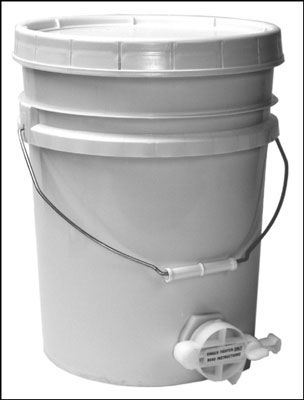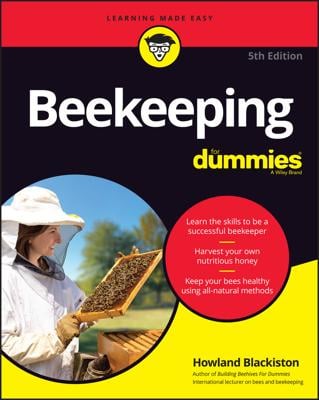When you’re ready for your honey bees to start producing honey from your beehive, you need to get hold of the appropriate kind of honey-extracting equipment. Tools are available from beekeeping suppliers, but there are homemade alternatives, too.
Honey extractors
Essentially, an extractor is a device that spins honey from the comb using centrifugal force. Extractors come in different sizes and styles to meet virtually every need and budget. Look for a model that accommodates at least four frames at a time.
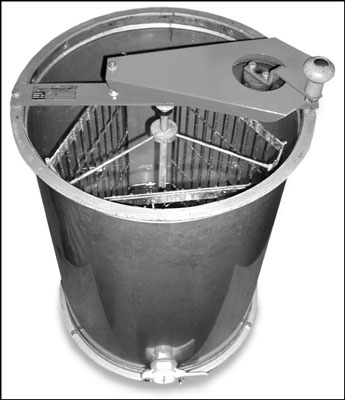
You may not have to buy an extractor. Some local beekeepers, beekeeping clubs, and nature centers rent out extractors. So be sure to call around and see what options you have. Ultimately, you may want to invest in your own. If you’re able to, rent or borrow an extractor during your first season. From the experience you gain, you’ll be better able to choose the model and style of extractor that best meets your needs.
Uncapping knife for honey extraction
The wax cappings on the honeycomb form an airtight seal on the cells containing honey. Before honey can be extracted, the “lids” must be removed. The easiest way is by using an uncapping knife. These electrically heated knives slice quickly and cleanly through the cappings.
Alternatively, you can use a large serrated bread knife. Heat it by dipping in hot water (be sure to wipe the knife dry before you use it to prevent any water from getting into your honey).
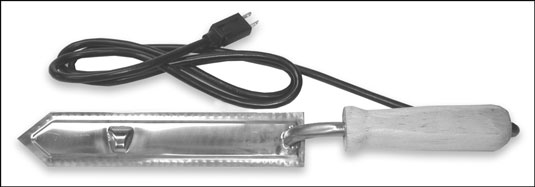
Honey strainer
The extracted honey needs to be strained before you bottle it. This step removes the little bits of wax, wood, and the occasional sticky bee. Any kind of conventional kitchen strainer or fine-sieved colander will suffice. Nice, stainless-steel honey strainers are made just for this purpose and are available from your beekeeping supplier.
Or you can use a disposable paint strainer (available at your local paint supply store). It does the trick just fine, and fits nicely over a five gallon plastic bucket.
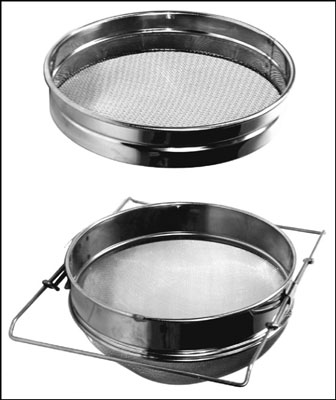
Other handy gadgets for extracting honey
Here are a few of the optional items that are available for extracting honey. None are essential, but all are useful niceties.
Double uncapping tank
The double uncapping tank is a nifty device that is used to collect the wax cappings as you slice them off the comb. Some say the sweetest honey comes from the cappings!
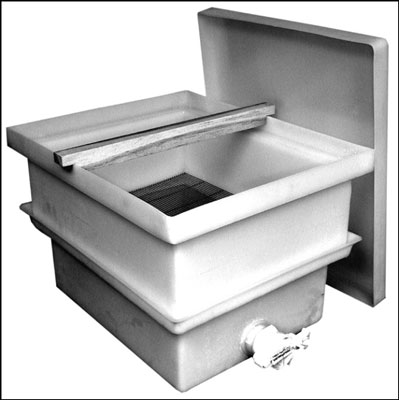
Uncapping fork
An uncapping fork is used to scratch open cappings on the honeycomb. It can be used in place of or as a supplement to an uncapping knife (the fork opens stubborn cells missed by the knife).
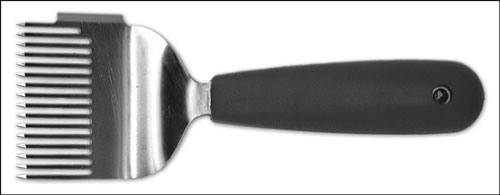
Bottling bucket
Five-gallon bottling buckets are made with food-grade plastic and include a honey gate. They come with airtight lids and are handy for storing and bottling honey. Each pail holds nearly 60 pounds of honey.
